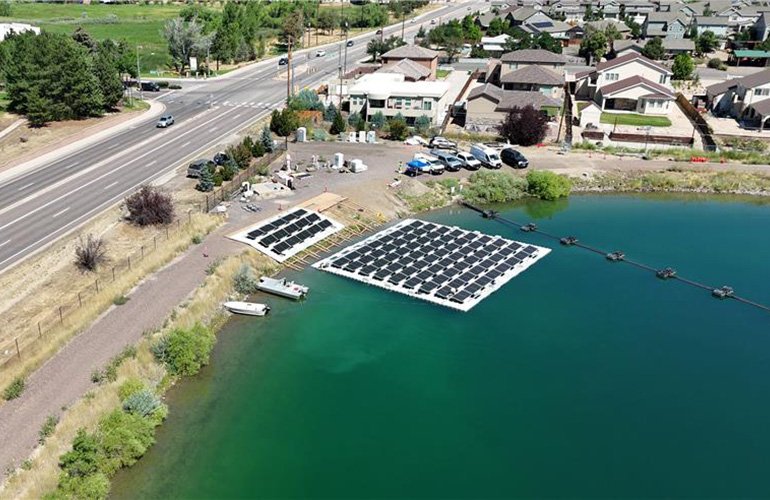Noria Energy Launches First US Floating Solar Tracker Project in Colorado
The solar industry just took a bold step forward—Noria Energy is building the first floating solar tracker project in the US. This 50-kW pilot, dubbed Aurea Solar, will power local water utility operations in Golden, Colorado. Here’s how it works: The system floats on Fairmount Reservoir, using Noria’s proprietary AquaPhi tracking tech to follow the sun. Think of it as sunflower mechanics—but on water.
Why Floating Solar Trackers Are a Game-Changer
Solar panels on water? That might sound odd, but reservoirs are untapped real estate for renewables. Floating systems reduce evaporation (critical in drought-prone areas) and cool panels naturally, boosting efficiency by up to 10%. Now, add tracking—traditionally landlocked due to engineering hurdles—and you’ve got a recipe for serious energy gains. Noria’s AquaPhi cracks this code with a buoyant design that pivots without bulky supports.
The Tech Behind AquaPhi
Most trackers rely on rigid foundations. AquaPhi? It uses hydrodynamic stability to rotate panels, much like a boat adjusting to currents. The system’s low-profile design minimizes wind resistance, a notorious challenge for floating solar. Early tests show it handles waves up to 3 feet—handy for reservoirs prone to choppy weather.
But What About Winter?
Colorado winters are no joke. Could ice wreck the system? Noria’s team insists not. The tracker’s oscillation prevents ice buildup, and the reservoir’s depth buffers temperature swings. ‘It’s like how lake fish survive under ice,’ explains a project engineer. ‘The water below stays relatively stable.’
Bigger Than Just Kilowatts
This isn’t just about clean energy—it’s about synergy. Water utilities often rank among a municipality’s top power consumers. By tapping their own reservoirs, they can slash operational costs. Golden’s project could save ~$15,000 annually, with a payback period under 7 years.
The Road Ahead
If Aurea Solar proves viable, Noria plans to scale to megawatt-sized installations. Imagine floating-tracker farms on hydropower dams or irrigation ponds. ‘We’re barely scratching the surface,’ says Noria’s CTO. ‘This tech could redefine dual-use land strategies nationwide.’
So, is floating solar tracking the future? For water-rich regions, the answer’s starting to float to the top.






